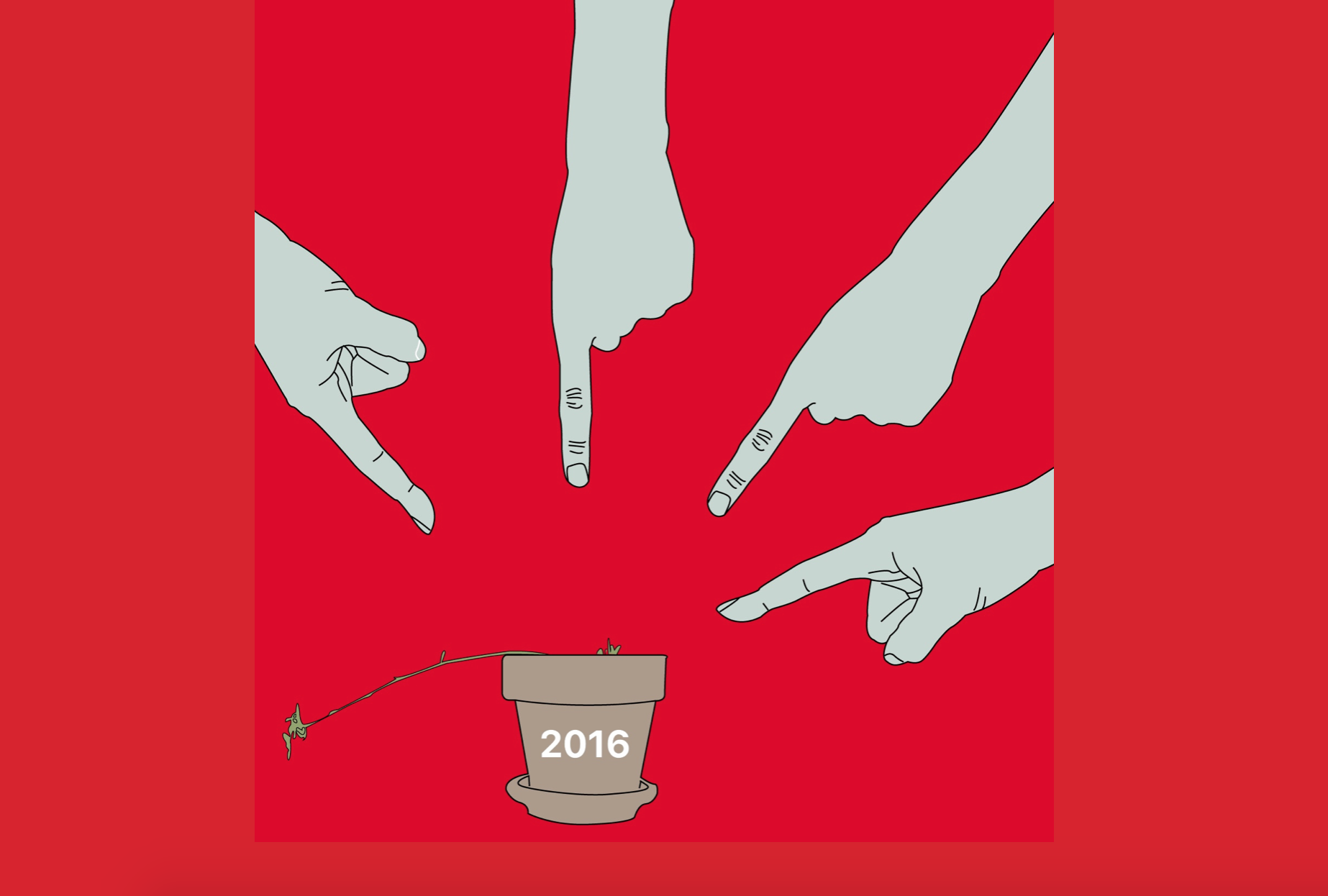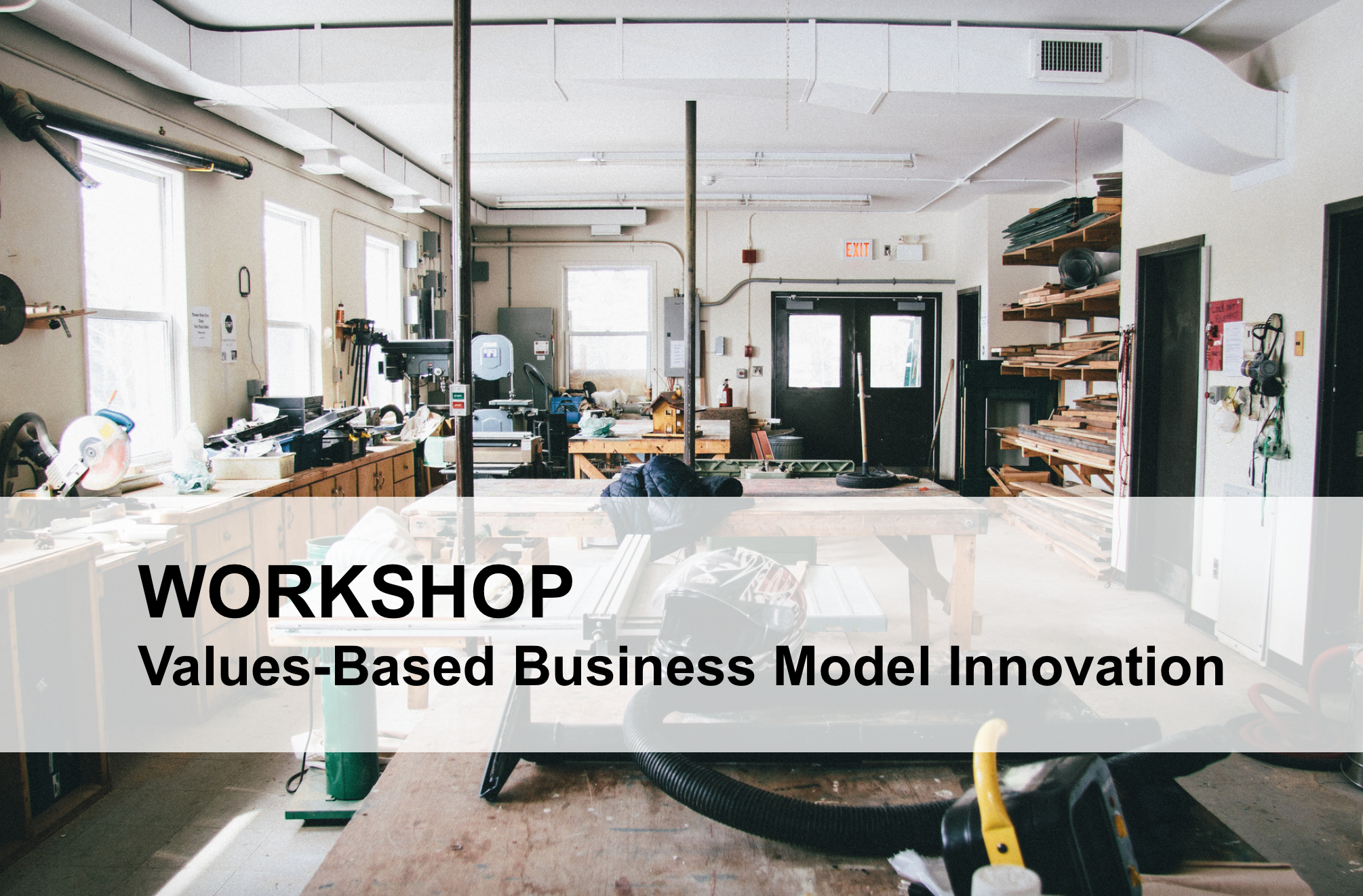By Mikkel Flyverbom.
At certain points in their careers, university professors start to say strange things. I remember vividly how one of my professors at The New School for Social Research started one of his lectures by reflecting on the issue of ‘social taboos, guilt and shame’. I still cringe at the uncomfortable silence in the room when he told us very frankly that his sexual fantasies were what he found to be the most difficult to deal with and talk about.
Our reaction, obviously, was a perfect illustration of the point he was trying to make, although it hardly registered with any of us at the time. But professors may also start to produce very complex sentences or come up with sentences that have a disturbing life of their own, such as that ‘only communication can communicate’ or that a good researcher should be like an ant – ‘a blind, myopic, workaholic, trail-sniffing, collective traveler’.
Without being as explicit or profound, I find myself in conversations with colleagues, where the issue on the table is similarly odd. Our discussions about digital transformations and big data increasingly focus on ‘reality’. So what does this mean?
The point is that internet companies and digital platforms, like Google and Facebook, do not just allow for sharing and connecting, test established regulatory approaches, unsettle a wide range of traditional industries, and lead to new forms of working and organizing. The central role they play when it comes to accessing, organizing and distributing information means that they fundamentally shape how we view the world. Or as Shoshana Zuboff from Harvard Business School puts it in her forthcoming book, these companies are increasingly in ‘the reality business’.
The power of visibilities
Along with more prominent colleagues such as Manuel Castells, Evgeny Morozov, Kenneth Cukier and others, the Spanish newspaper La Vanguardia has invited me to reflect on what they call the ‘Silicon Valley Empire and the New World Order’ for a special issue.
The result is a large magazine full of discussions about the workings and significance of these digital superpowers. My piece, titled Digital geopolitics: Information control and the power of visibilities, focuses on these questions about ‘reality’ – how information is controlled, how we come to know the world, how it is guided, and how things are made visible and invisible in digital spaces. Silicon Valley companies are obviously economic giants.
But they are also behemoths of a different kind: They are powerful because they have access to mind-blowing amounts of data about everything we do, care about and search for. What we used to think of as digitalization currently advances into ‘datafication’, where many parts of social life take the shape of digital traces.
Friendships become ‘likes’ on Facebook, movements through the city produce extensive digital footprints in GPS-enabled devices, and our searches for information show what we value or wish for as individuals and societies. Combined with automated sorting mechanisms, such as algorithms and artificial intelligence, these wild streams of digital traces can be used to show important patterns and inform a growing number of decisions about consumers, diseases or criminal activities. Down the road, much of what we can know about people, organizations and societies will come from such digital sources. As digital platforms move closer and closer to the core of social and cultural life, the questions we should be asking are about information control, the guidance of attention and the power of visibilities.
The point is that there is an intimate relationship between what you see, what you know and what you can control – as an individual, an organization or a society. Just think of how important the invention of the microscope was for the treatment of diseases that were not visible, knowable or controllable before, or how the emergence of maps made it possible to see, know and conquer new parts of the world.
Like earlier inventions, digital transformations fundamentally alter how we make things visible, knowable and possible to control. Because internet companies have the skills and resources to work with digital traces and algorithms, they come to shape our view of the world and guide our attention in individual, organizational and societal domains.
Compared to the internet giants’ size, financial advantages and number of users, these questions about information control and the power of visibilities are largely ignored. But they are central if we want to articulate the shape of contemporary digital transformations.
Reality, not cyberspace
Concerns about the power and significance of internet companies are particularly important to bring up at this moment in time. While some still talk about digital technologies as ‘cyberspace’, as if it is an independent and separate domain that we enter and leave again, their present role is very different.
It hardly makes sense to distinguish between online and offline worlds or the real or the virtual anymore, because digital platforms are the infrastructures and foundations of so many parts of social, economic and cultural life. But still, these digital infrastructures are in the making. Before they solidify and become taken completely for granted, there are a number of difficult questions about power, responsibility and rights that we need to grapple with.
These are difficult to ask, not to speak of answer, because they cut across economic, regulatory, social, cultural and personal spaces, and we seem to need new vocabularies to make sense of what they will mean for us as individuals, organizations and societies. And here, ‘reality’ comes in handy.
The issue of La Vanguardia can be found here. Contact Mikkel if you want to find out more.
Mikkel is Associate Professor at the Department of Intercultural Communication and Management at Copenhagen Business School. He is co-leading the Transparency subgroup of the department’s World Class Research Environment (WCRE) ‘Governing Responsible Business’ (GRB). He is on Twitter.
Pic by Isaiah van Hunen, Flickr.




